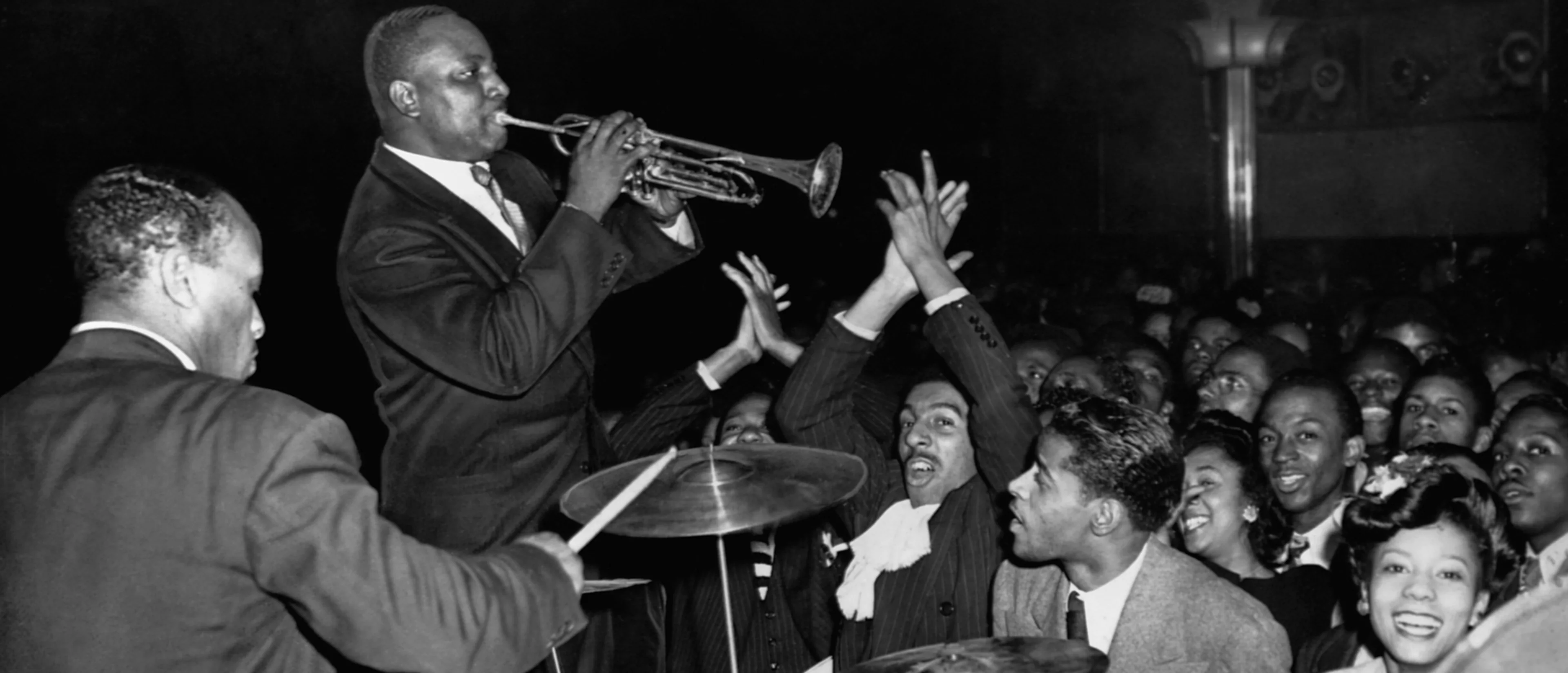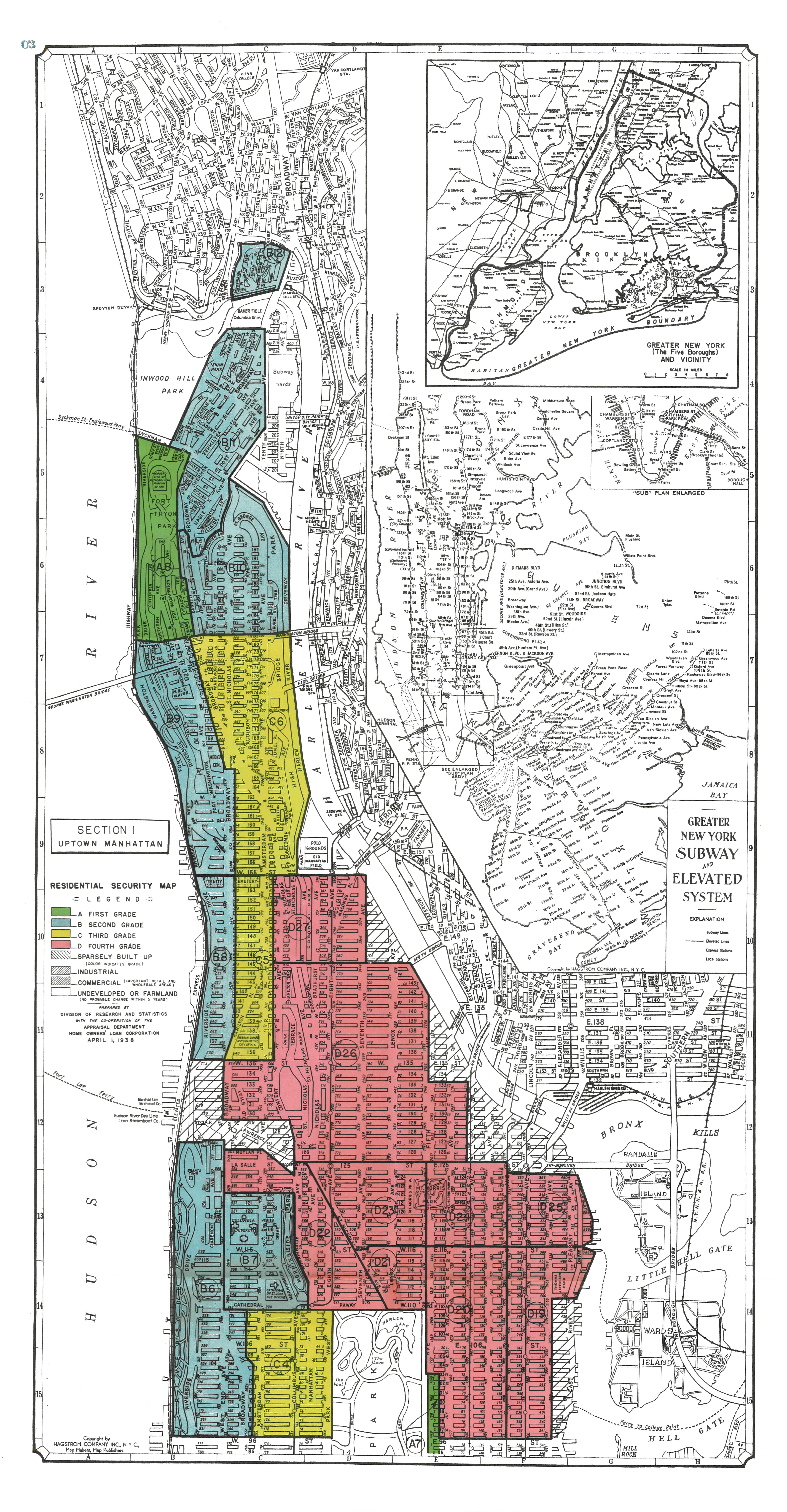Harlem’s Sankofa
"Go back to the past and bring forward that which is useful." — About the Sankofa Bird, Southern Illinois University, Africana and Multicultural Studies
“It is not taboo to fetch what is at risk of being left behind.” — The Power of Sankofa, Brea College
San=return Ko=go Fa=look, seek and takeSankofa comes from the Akan people of Ghana and is a guiding post for us to understand our past so we can move through our present and future. It sees time as nonlinear and that our ancestors are with us presently to teach us lessons.
What lessons is Harlem showing us? What do we have to learn?
Harlem is historically and currently predominately Black. It has been a site of cultural organizing, Black liberation and the Black experience. There was a huge influx of Black people setting up roots in Harlem beginning in the late 1800s as Black Americans traveled up from the South. This was to escape the terrorism of Jim Crow along with in search for new economic opportunities.

Harlem has always been a point of connection and inspiration for those across the African Diaspora. It has been a link and chain to other Black spaces that were rich with Black life. The Harlem Renaissance was a Black artistic movement that developed Harlem as a “Black Mecca”. It was a rich cultural period of time spanning the early 1900s through the 1930’s that explored political empowerment and exploration of the Black identity.
“I believe that the [African American’s] advantages and opportunities are greater in Harlem than in any other place in the country, and that Harlem will become the intellectual, the cultural and the financial center for Negroes of the United States and will exert a vital influence upon all Negro peoples.” —James Weldon Johnson, “Harlem: The Culture Capital,” 1925
It was a movement that highlighted the experiences of Black people such as women, immigrants and LGBTQIA+ people. Although in Harlem, it was a national movement that had connections to international Black Diasporic cultural spaces and communities. Harlem has always been a point of connection and inspiration for those across the African Diaspora. It has been a link and chain to other Black spaces that were rich with Black life. Harlem has always been a point of connection and inspiration for those across the African Diaspora. It has been a link and chain to other Black spaces where people engaged in the development of a new Black identity and consciousness.
Other spaces in the Black Diaspora
- National Liberation and Culture of Gineau-Bissau
- Black Consciousness movement in South Africa
- Black Power movement in Montreal
- Australian Black Power
- Haitian Renaissance
Albeit these wonderful things, Harlem has also been a site of structural racism, white supremacy, environmental racism and gentrification. White policymakers wanted conspire to limit the economical and social progress of Harlem. There were many strategies and tactics they used.
Redlininig in Harlem
Redlining is the practice of withholding services to potential customers who live in neighborhoods that have been classified as “hazardous” to investment. Because many of these communities have historically been Black and other people of color, these communities were severely divested from when it came to economic vitality. Combined with the lasting effects of slavery and Jim Crow, many Black people had no generational wealth and those that did were terroized and murdered. There was no process to make a people whole. To make matters worse, environmental racism boomed using areas deemed as “hazardous” to build the industrial sector which is responsible for negative health impacts.

Figure 1. In this map you can see Harlem during the 1940. The majority of the neighborhood was deemed hazardous. You can also see that the population at the time was roughly 16% Black.
On the flip side, since the early 2000s Harlem has been experiencing a sharp decline in its Black population during gentrification. Gentrification is the process where lower income people are pushed out of a neighborhood and replaced by wealthier people due to the neighborhood being “invested in and revitalized”. In Harlem, Black people are being pushed out by the extremely high rent and replaced by white people.
Harlem Today
The Urban Displacement Project shows us the current areas in Harlem that are currently at risk and those that have an ongoing risk of gentrification. Overlaid on this are the number of public housing projects currently located in Harlem. You can see that Harlem has one of the largest concentrations of public housing compared to any other neighborhood in Manhattan. Go explore urbandisplacement.org's gentrification maps and ensure you bring this knowledge back on your journey.